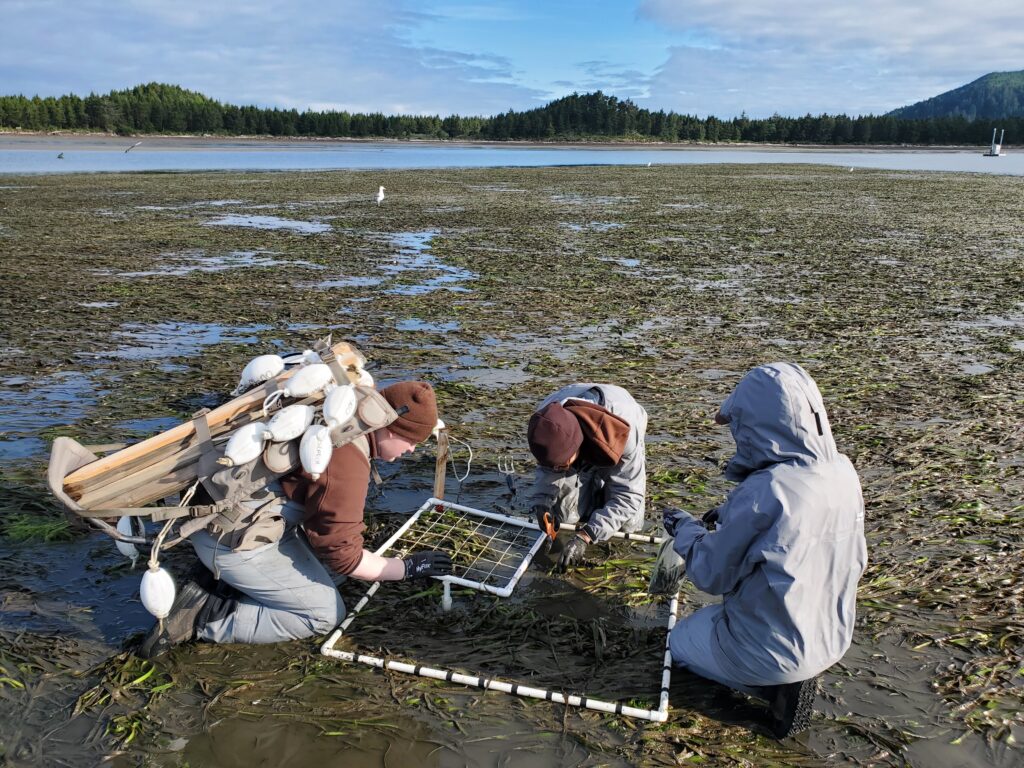Hello everyone,
I’ve had an incredible summer working with SEACOR (Shellfish and Estuarine Assessment of Coastal Oregon) at ODFW. I feel so grateful to have gotten the chance to work on such a dedicated and passionate team. 😊 This internship has been so valuable! For example, I knew prior to this summer that I enjoyed fieldwork, but I had never worked in a marine setting. Being able to spend 5+ hours in the water each day was a dream! Even though it can get tiring, it was so fun and cemented what I want to pursue in the future.
This summer has also redefined my career goals. I thought I’d want to work in completely marine settings, with ecosystems such as coral reefs or kelp forests. While I still think these would be amazing to study, I’ve become really interested in estuary work. Estuaries are so important no matter what lens you’re looking through—environmental, economic, and/or cultural. It has felt super rewarding to study and work with them this summer.
I’m very excited to share that I’ll be working at the Smithsonian Marine Station in the Benthic Ecology Lab in Florida starting in September! The research project’s focus is on characterizing the little invertebrates that live at the bottom of an estuary called Indian River Lagoon. The estuary has suffered biodiversity loss caused by many different threats, including harmful algal blooms, development, and excess freshwater input. For 15+ years, the Benthic Ecology Lab has used invertebrate biodiversity as a measure of ecosystem health! I’m incredibly excited to continue my scientific career focused on estuary work and am interested to see how I can apply what I’ve learned in Oregon down there!











